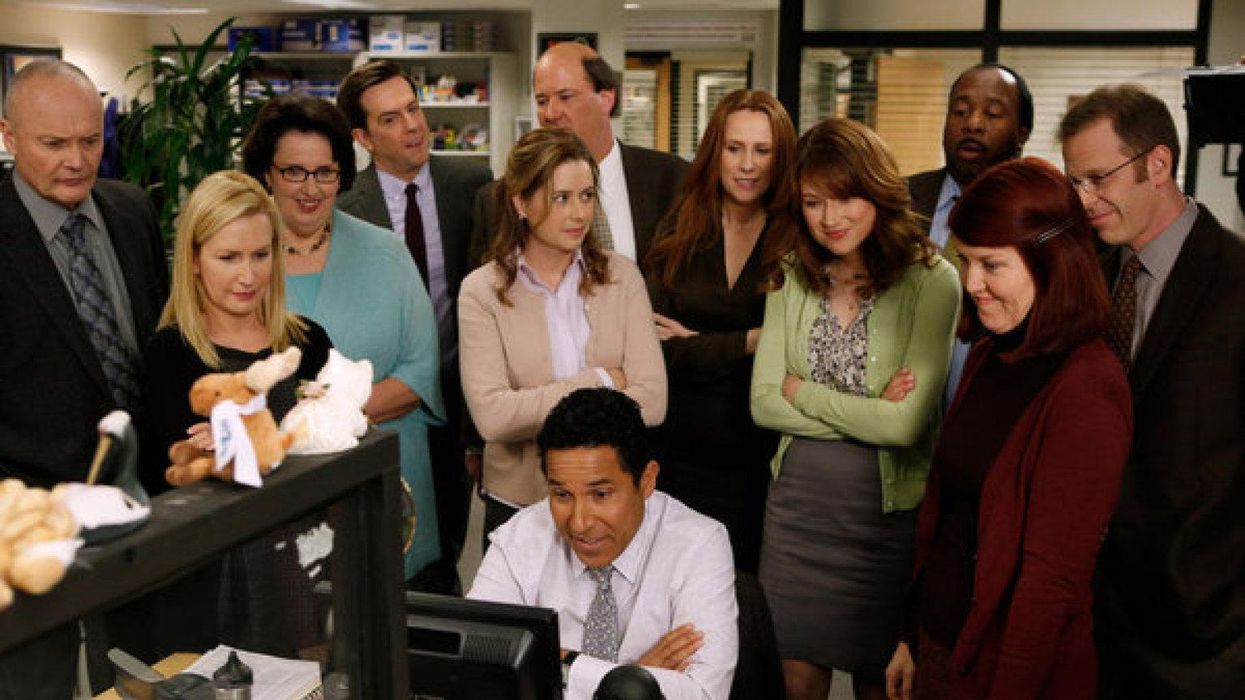Your view could be the ocean
Summer is here, though I say that tentatively in case a rain cloud materializes over my head just to spite me. But as May inches its way toward June, the sky clears. And with the temperatures rising, it’s impossible to deny that the season of sun and fun is finally upon us.
Goodbye, seasonal depression…hello to more hours of daylight. It’s also the time of year when everyone is suddenly on vacation and you realize — once again — that you have nothing planned.
My usual advice is to plan all your trips far in advance to ensure you’ll have your dream vacation. But we’ve all stood at the edge of May in panic, realizing we have forgotten to plan anything for the summer. And without a trip or even a vibe nailed in place, the sleepy-heat can make summer pass by in one yawning breath.
So don’t find yourself in August, looking out at September, and wondering where your summer went. Even if you have one big trip planned out, it’s important to be intentional with your summer to feel like you have enough of it — counter-intuitive but true.
However, if you look up “flights to Europe” on Google right now, you’ll have a jump scare. Thanks to shows like White Lotusand Emily in Paris — and even Sofia Richie’s wedding — everyone is fiending for a European vacation this summer. This close to peak travel times, prices are in the multiple thousands for most direct flights. And if you don’t want to spend your precious vacation days in random layovers, you’re going to want to find an alternative.
Here are some tips to get your summer travel on without breaking the bank:
Take advantage of airline sales
When Googling flights, it might show you the average prices for a ticket. However, certain airlines are currently holding sales for members of their rewards programs.
For last-minute travelers, this means slashed prices for coveted tickets. And all you have to do is sign up for their loyalty programs — which are almost always free.
European airlines like KLM, British Airways, and Virgin Atlantic are currently running sales from North America to Europe for the summer — don’t walk! Run!
Get into points and miles
If just the thought of using a credit card sends you into a spending spiral, this tip is not for you. However, when used strategically, credit card rewards can be redeemed for some pretty insane deals on travel. As long as you pay off your card and don’t accrue interest, the points back and the welcome deals from big travel cards can pay for your flights and hotels — all you have to do is pay for taxes and fees.
To pull this off, you want to open a travel credit card with a big sign-up bonus and put all your summer expenses on there to reach the spend minimum. Don’t make unnecessary splurges — that’s how the card companies break even. By planning a little bit ahead and putting advance purchases you were going to make anyway on a credit card, you can unlock big points bonuses and use those to completely cover your ticket prices — and even your hotels.
Discover our complete guide to travel hacking here.
Full send domestic travel
If an international vacation seems out of reach for you this summer, don’t despair. America is full of destination dupes. Want a city full of culture like Paris or London? New York City is right here — and better! Want to lounge by a beach or pool? California is calling! You can live out your Don’t Worry Darling dreams in Palm Springs to satiate your cravings for Italy or the South of France. Want to marvel at nature? Take your pick of the lush hikes in the Pacific Northwest or the desert canyons of Utah or Arizona. You can even take a wellness resort vacation right here in the States if you know where to look.
There are always deals on domestic travel, so you can save on whatever local adventure you choose. You can even take the train. Amtrak offers spectacular views at great prices, especially during their sales too. Take the scenic route across the country and appreciate all the landscape has to offer.
However, you choose to travel this summer, start planning now! Wherever you go — vacation or staycation — as long as you commit to the destination and really immerse yourself in whatever vibe you curate for your trip, the summer is your oyster.

